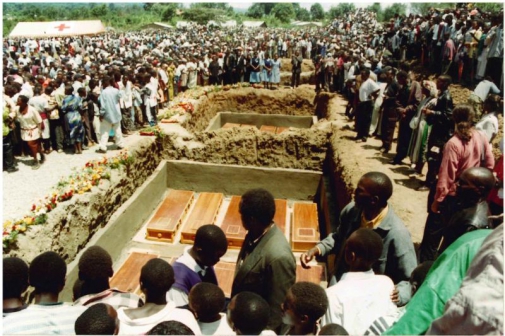×
The Standard e-Paper
Stay Informed, Even Offline

On March 27, 2001, I was woken up at about 3am by persistent ringing of my phone. The name of then Director of Criminal Investigation (DCI) Francis Sang’s flashing on the screen was all it took to fully awaken me.
“Please don’t bother us with calls for stories today. Proceed to Machakos where students have died in a dormitory fire,” the DCI said.